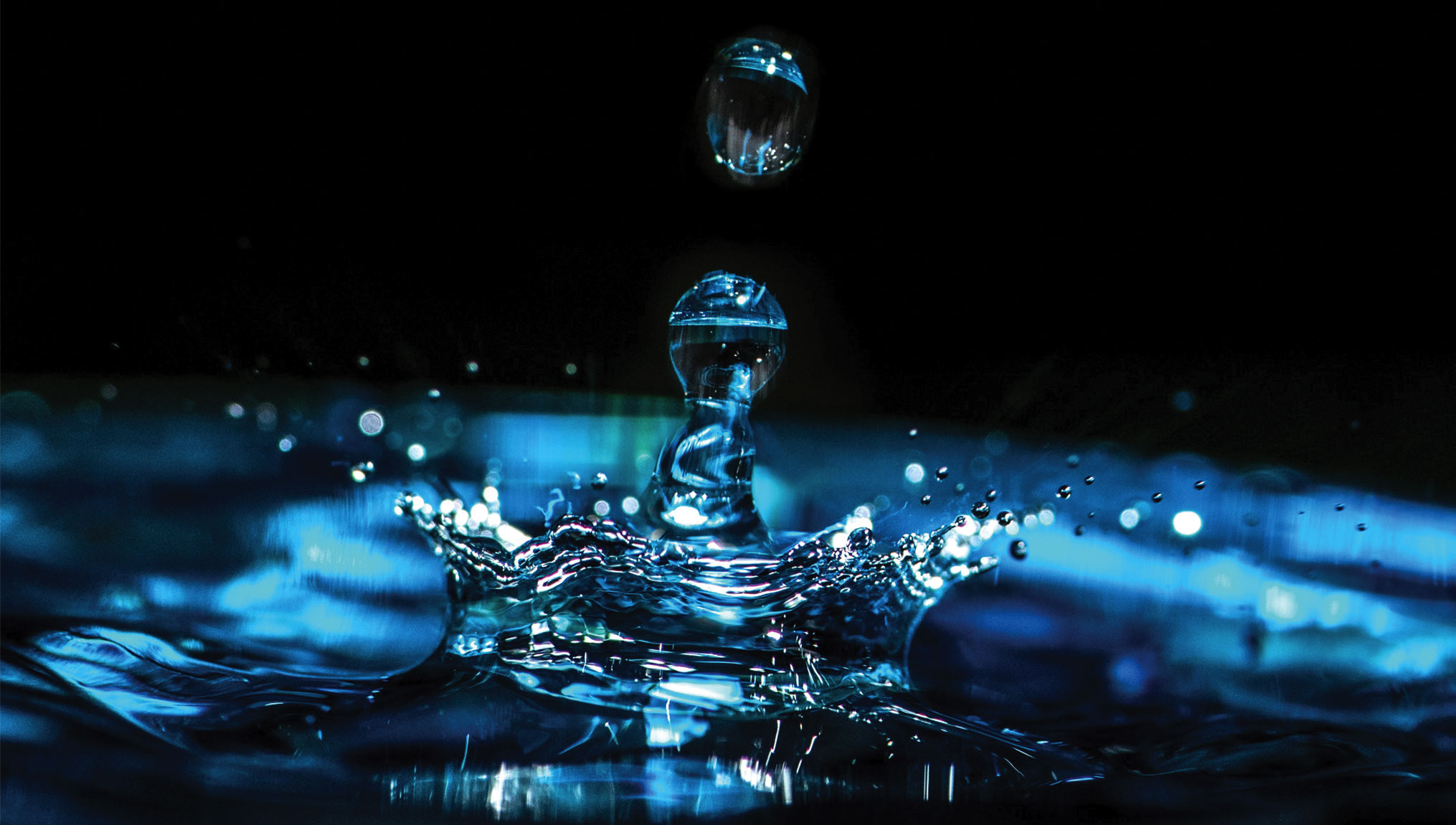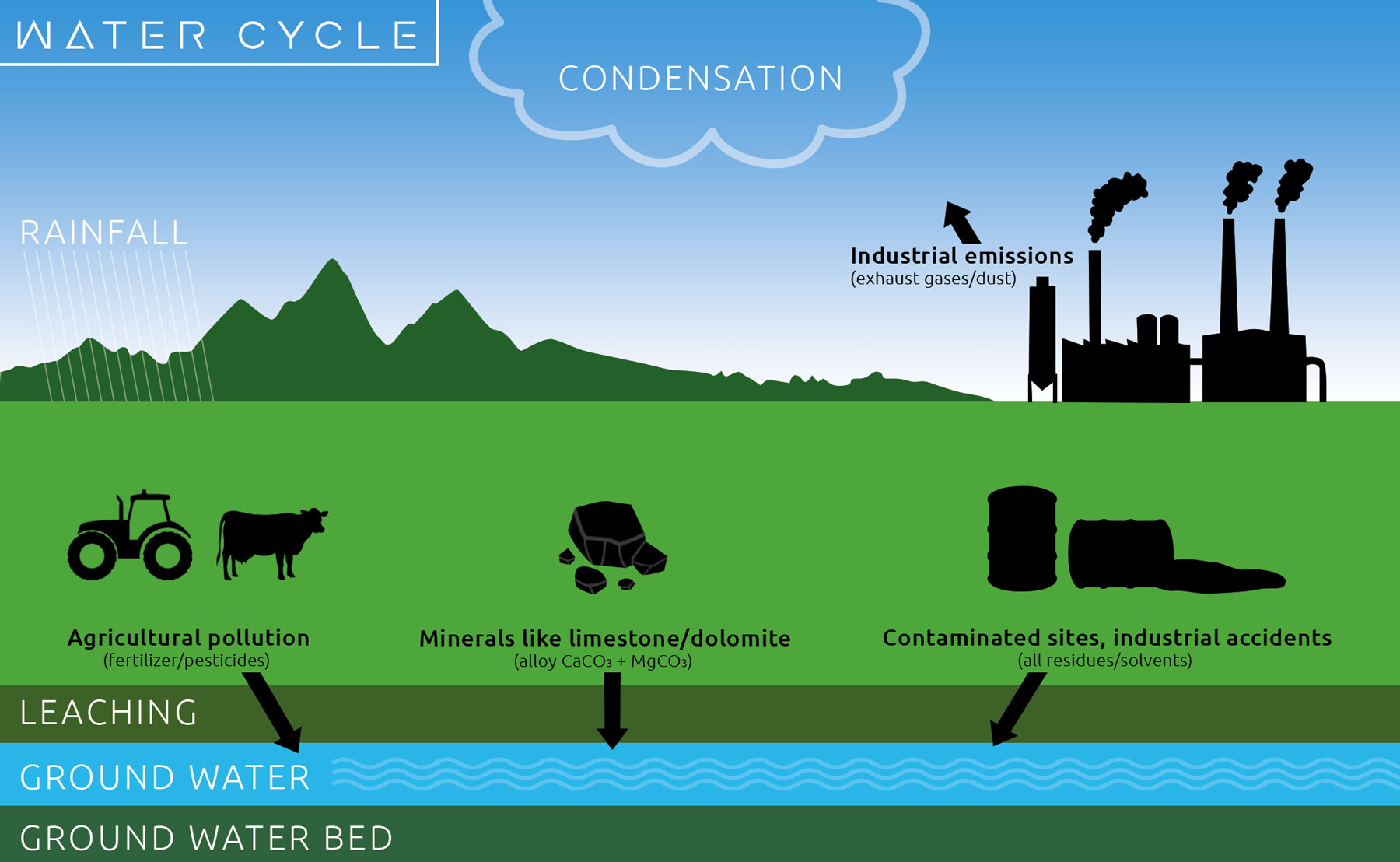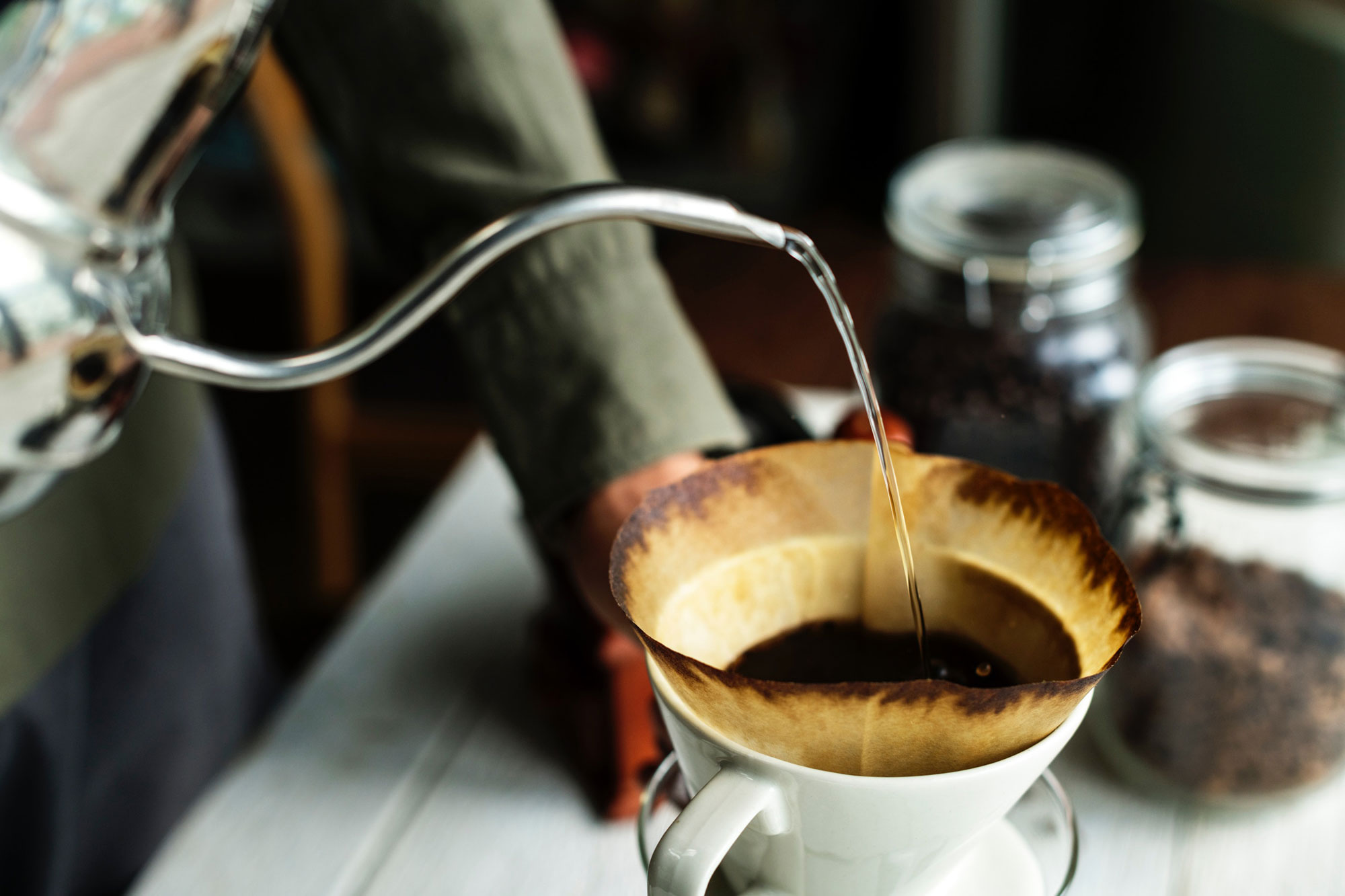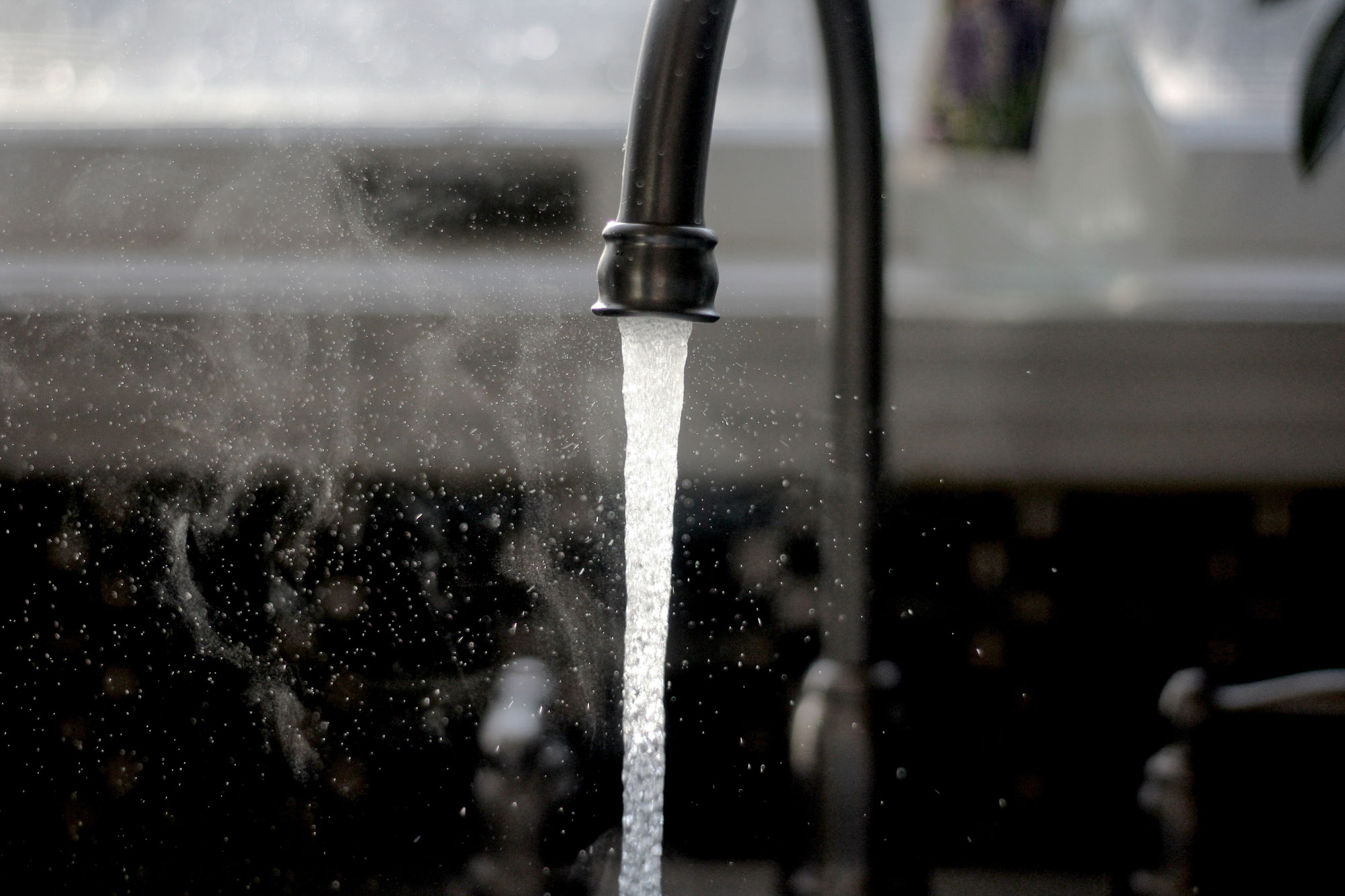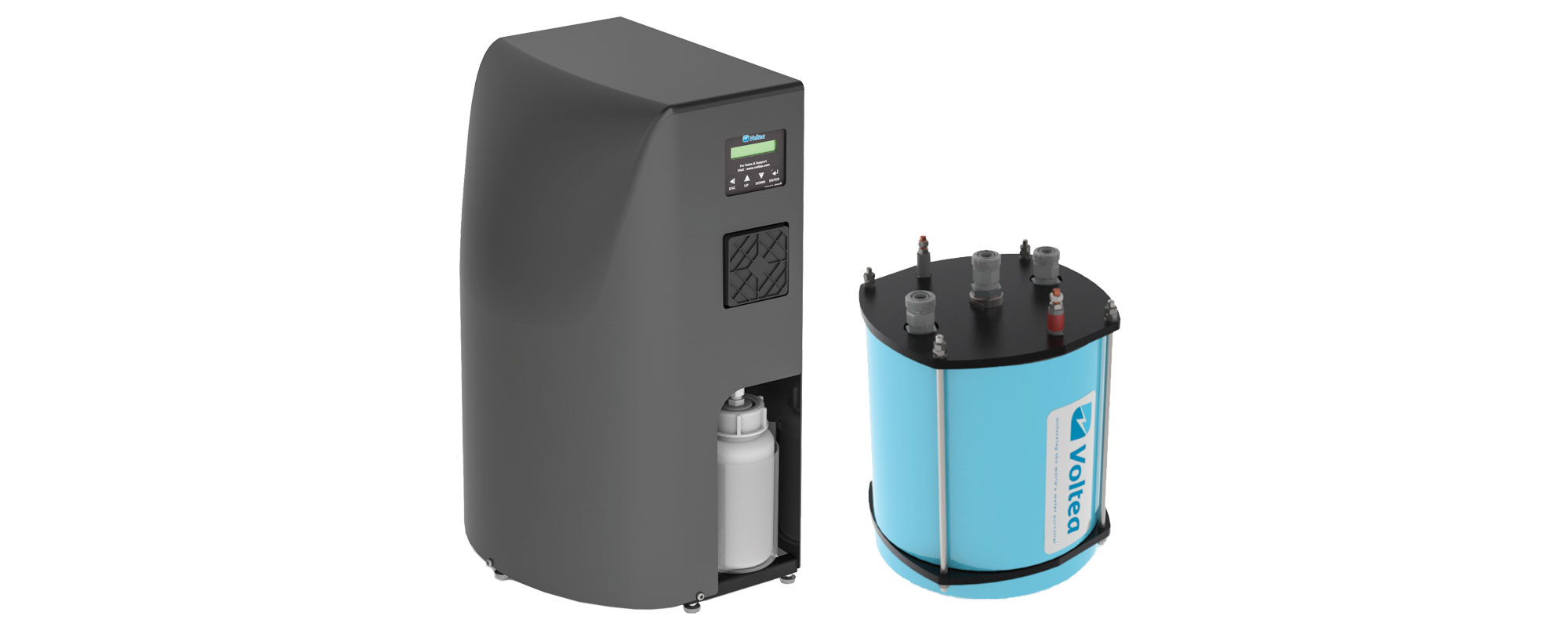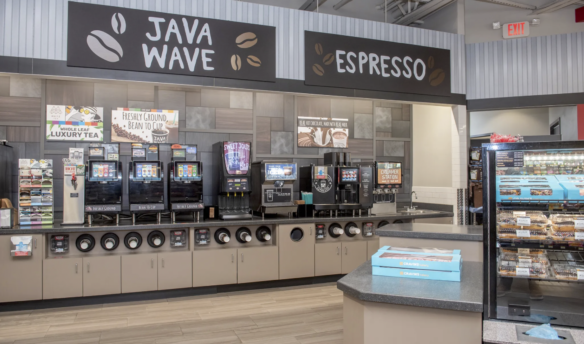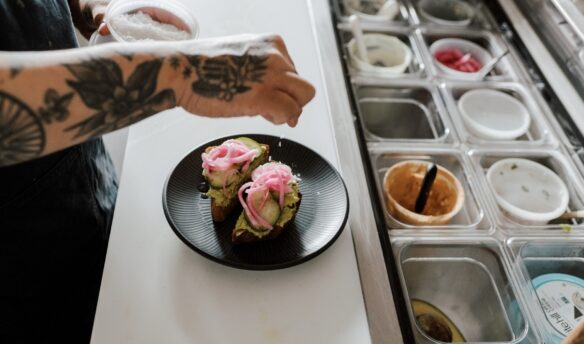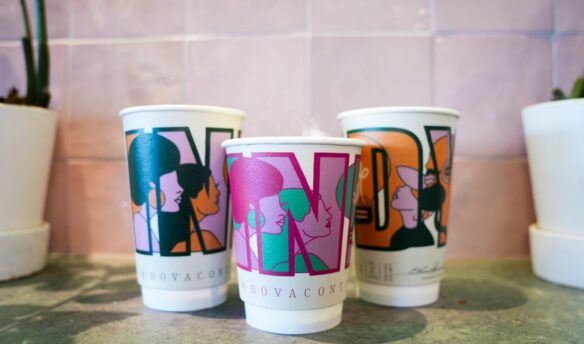[T]he Bull Run Watershed is a protected surface water supply, located in the Mt. Hood National Forest, 26 miles from Portland, Oregon. The watershed is managed “From Forest to Faucet” by the Portland Water Bureau, the municipal department led by Commissioner-in-Charge Nick Fish (appropriately enough), to sustain and supply clean drinking water to a quarter of Oregon’s population. In a typical year, the watershed receives an abundant 135 inches of precipitation—rain and snow—that flows into the Bull Run River and then into two reservoirs that store nearly 10 billion gallons of drinking water.
The quality of Oregon’s water infrastructure is a big reason commonly cited for the abundance of local breweries, wineries, distilleries, agricultural and horticultural greenhouses, acres of farmland growing hazelnuts, hops, berries, walnuts, and now tons more marijuana than the population’s already considerable appetite can possibly consume.
Abundance aside, how clean and pristine is the water?
Consider that we have roughly seven billion people on the planet today, and yet we have the same amount of water available to us today as when there were only a million of us. Humans have greatly mucked up the water, while the Earth’s atmosphere struggles to cycle water through Mother Nature’s natural process of evaporation, condensation, and precipitation, the water wheel constantly churning to sustain life on this Earth.
And yet café owners wonder, “Why do I need another filter?”
Stating the obvious, water is integral to coffee and tea. Whether chai or cold brew, cappuccino or kombucha, macchiato or matcha smoothie, the majority of the beverage is water, way up there in the high 90th percentile. In short, your product is only as good as the water you put in it.
Brent Wolczynski, Head Brewer at Cold Brew for Stumptown Coffee Roasters in Portland, Oregon, makes full use of that abundant Bull Run water supply and a robust filtration system.
“Water must be delicious, not tasting of anything used to treat it that would distort the profile of the coffee,” he says. “The water we’re using in our cafés is being filtered and calibrated to be consistent. At the cold brew facility, water goes through a sediment filter, carbon filter to strip chlorine, and UV filters to kill bacteria.”
Technology helps take out, put back, and balance water back to the way Mother Nature intended.
Café owners must filter for themselves the numerous ways they can achieve the best water supply in their operations and determine where they fall within the water purification and filtration spectrum. Filtration options currently available to café owners, baristas, and aficionados include reverse osmosis, ion-exchange cartridges, and simple chambers.
WaterWise uses a patented, accurate adjustable head to pass incoming water quality through a filter. “It takes out what’s needed to be taken out to leave you with a recipe-quality water,” explains Keith Black, managing partner of WaterWise in Alcoa, Tennessee.
For cooking, not much mineral content needs to be left behind. But for coffee and tea, the exact opposite is true. “For coffee and tea, you need more mineral content left behind to get that flavor exchange, but you still need to remove the things that are objectionable from a taste and aroma standpoint,” Black says.

WaterWise technology looks at incoming quality of water then makes adjustments.
“For instance, if you have 10 grains of hardness coming into your water, our chart would say to set your head for a bypass of 40 percent, so that 60 percent of the water coming in will remove all of the hardness and 40 percent will be bypassed—only the questionable taste and odor stuff will be removed,” Black explains. “Then it joins up with the water that has had its hardness removed and that goes through the carbon filter for taste and odor as well.”
Hardness levels in water are mostly determined by geography. Water is different everywhere, whether you live by the ocean, in a drought-stricken region, or in regions where minerals are prevalent due to an abundant level of rock formations underground or other contaminants and pollutants.
Dialing in water at one specific place is a challenge in and of itself, let alone multiple locations.
“We get a lot of people who say they have six locations now, I use the same coffee, the same brand espresso machine, the same grind, the same everything, and my coffee doesn’t have that same consistency across all my café footprints that I want,” Black says. “The coffee doesn’t taste the same in this town as it does in that town, even just 20 miles away.”
Café owners and consumers alike may say it’s a regional thing. Coffee and tea tastes a certain way depending on where it’s brewed. It’s terroir. But once you know what a good cup of coffee or chai tastes like, people are less willing to put up with anything that tastes “off.”
Consistency across regional and national brands is one thing, but people may become more attuned to another water rationale: protecting their equipment.
Water filtration can save money in operational and maintenance costs. Scale, from a physics and chemistry standpoint, is impossible to form when filters are properly installed and set up.
Higher hardness levels can be detrimental to valuable espresso equipment and scale formation may go unnoticed until it’s too late for a quick fix. In addition, treating hard water with traditional water desalination technologies such as RO that use chemicals and salt can cause environmental-related issues because of the amount of salinity released back into the ecosystem.
Major coffee manufacturers such as Bunn and Franke use WaterWise technology in their specialty coffee equipment, as do roasters such as Canterbury in British Colombia, Canada, and Sparrow Coffee in Chicago, Illinois.
THE FUTURE OF WATER SOFTENING:
Electro-deionization
A new technology known as Membrane Capacitive Deionization (MCD) stands to improve the typical water desalination and softening process.
MCD’s works via “electro-deionization,” where oppositely charged salt ions are attracted to electrodes, leaving pure water flowing out of the cells in a two-step process of purification and regeneration.
A major difference with this technology is “tunability”—the level to which a user may choose to remove dissolved salts. This feature automatically eliminates one of the steps of the typical desalination and softening process—the remineralization bed—because the level of salts chosen remains in the water throughout the process.
Another key difference is that MCD’s modules are able to receive and remove hard salts in addition to soft salts, which also eliminates the need for a water softener as the first step.
“Water is a very important and often overlooked ingredient in the coffee making process, and water chemistry or dissolved solids can affect extraction and result in under-extracted (bitter) or over-extracted (sour) tastes,” explains Dewitt Dees of Voltea, the pioneer of Membrane Capacitive Deionization (CapDI©).
Traditional desalination and softening systems typically include three pieces of equipment: a water softener, a reverse osmosis system, and a remineralization bed.
First, the water softener removes all the hard salts, such as calcium, magnesium, and carbonates, and replaces them with twice the amount of soft salts, such as sodium and potassium, preparing the water to process easily through the reverse osmosis system, which then removes all the soft salts to produce ultra-pure water with no minerals remaining. Lastly, the remineralization bed adds back the level of salt and other minerals required for quality, taste, and health benefits.
Generally, these systems achieve on average just 50–70 percent water recovery. Up to half of the water treated gets discharged back into the environment, full of the harsh, damaging salts that were removed along the way.
New water softener regulations have been established especially in areas of water scarcity, limiting the amount of salts and other minerals that flow back into the local water source.
Water quality is worth looking into—in Portland or wherever in the world you are located.



